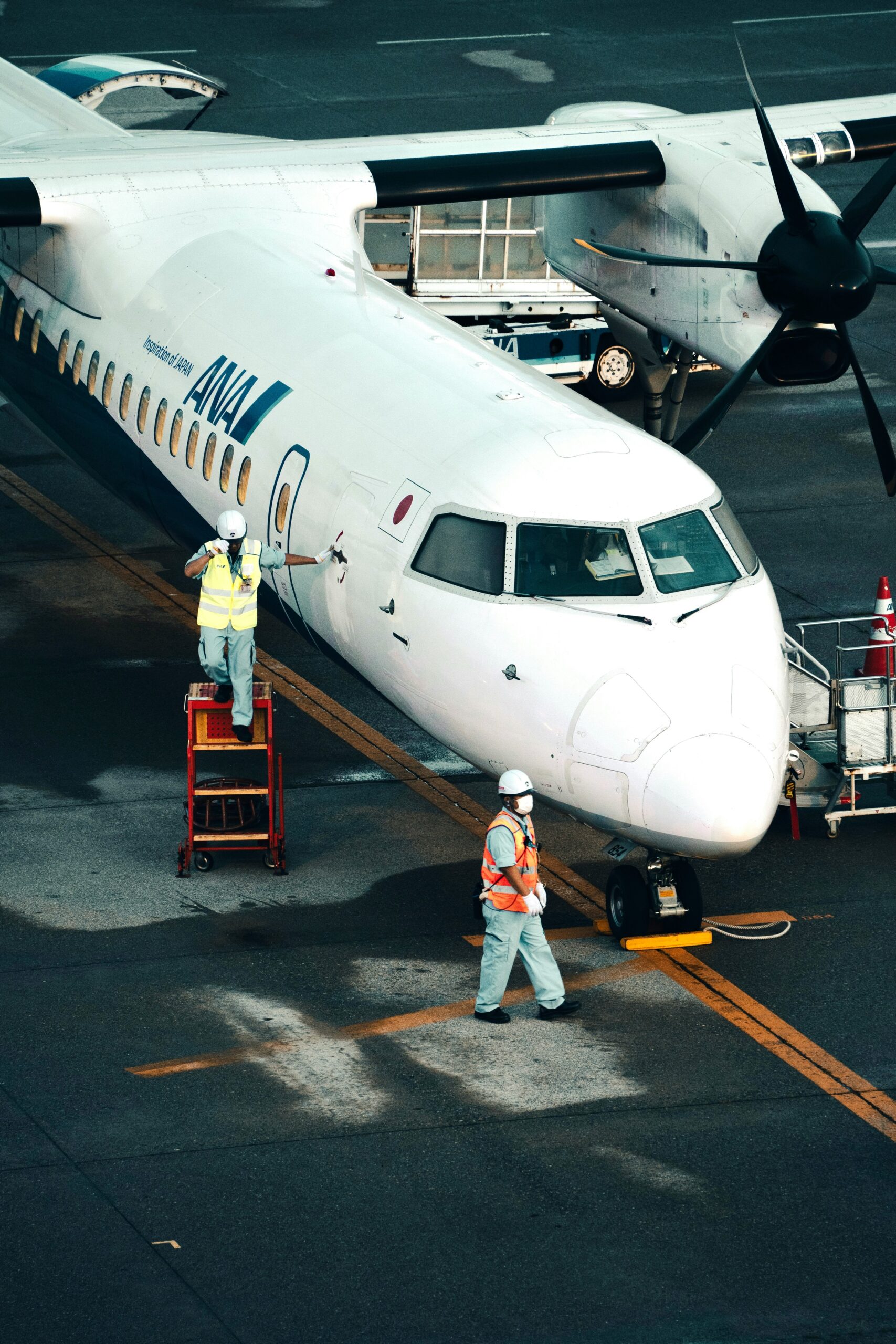
The world of business aviation is on the verge of a revolutionary transformation. With increasing pressure on industries to reduce their carbon footprints and adopt sustainable practices, hybrid, and electric aircraft technologies are becoming critical players in the aviation sector. These advancements promise to revolutionize how business executives travel and introduce solutions that align with the growing demand for greener, more efficient aviation options. As these technologies progress, business jets could soon be at the forefront of eco-friendly air travel.
The Environmental Imperative for Change
The environmental impact of air travel has long been a topic of concern, especially within the business aviation sector, where private jets have often been viewed as major contributors to global emissions. As sustainability becomes a primary focus across industries, the aviation sector is pressured to innovate. Hybrid and electric aircraft are seen as promising solutions to reduce the carbon footprint of business jets, combining advanced technologies that minimize fuel use and lower emissions.
Hybrid-electric propulsion systems integrate traditional jet engines with electric motors, providing a dual power source that reduces reliance on jet fuel. These systems can lower emissions significantly during the flight’s most fuel-intensive phases, such as takeoff and landing. Electric aircraft operating solely on batteries aim to eliminate carbon emissions. While fully electric business jets are still developing, their potential to transform the industry is considerable, offering a future where business air travel is both sustainable and cost-effective.
Technological Advancements Powering the Future
Integrating hybrid and electric technology into business jets is about reducing emissions and creating more efficient aircraft. Hybrid-electric propulsion enables better fuel economy and less noise, enhancing the overall flight experience for passengers and reducing environmental impact. By relying on electric motors during critical phases of flight, such as taxiing and takeoff, hybrid aircraft can conserve fuel and reduce greenhouse gas emissions without sacrificing performance.
Electric aircraft represent an even more significant leap forward. The primary challenge with electric aviation lies in the need for robust and efficient batteries that can support longer-range flights. Traditional jet fuel offers a much higher energy density than current battery technology, limiting electric planes’ feasibility for long-haul business travel. However, advancements in battery design, materials, and energy density are improving the prospects for all-electric aircraft. These innovations are driving the development of electric business jets that could eventually compete with conventional aircraft in terms of range, speed, and cost.
Overcoming the Barriers to Widespread Adoption
Despite the promising future of hybrid and electric business jets, several challenges remain before these technologies can be widely adopted. One of the most pressing issues is the current limitations of battery technology. For an electric business jet to match the range of traditional jets, batteries must be able to store and deliver significantly more energy while remaining lightweight and efficient. At present, battery technology is not yet capable of powering long-range commercial aircraft, and this is a significant hurdle for electric business jets that typically need to fly long distances.
Additionally, there is the issue of infrastructure. The widespread adoption of electric aircraft will require the development of charging stations and maintenance facilities at airports. These facilities will need to support the unique requirements of electric jets, such as high-speed charging capabilities and specialized maintenance. Electric aircraft will struggle to operate efficiently across global routes without this infrastructure. Significant investment in airport facilities and technological innovations will be needed to create a network supporting electric business jets.
The Road Ahead for Business Aviation
While challenges persist, the future of hybrid and electric business jets is undeniably exciting. Companies such as Alice, Vertical Aerospace, and Joby Aviation are already working on prototypes and testing hybrid and electric aircraft for regional and short-haul flights. These aircraft are expected to significantly reduce business travel’s cost and environmental impact while offering passengers a quieter and smoother flying experience.
The long-term outlook for business aviation includes hybrid and electric jets becoming more widespread as battery technology improves and infrastructure evolves. These aircraft will likely be initially used for shorter regional flights, but technological advancements will make longer flights feasible. As businesses increasingly prioritize sustainability and look for ways to reduce their environmental footprint, hybrid and electric aircraft could become the norm in corporate aviation.
The shift toward hybrid and electric business jets represents a significant step forward for the aviation industry. These innovations offer the potential for more sustainable, cost-effective, and efficient air travel. While challenges remain in technology and infrastructure, the ongoing developments in battery design and propulsion systems suggest that a greener future for business aviation is within reach. As hybrid and electric aircraft become more advanced, they could transform how business leaders travel, aligning with global efforts to create a more sustainable future.